|
The ability to create is innate in us all, but many students unlearn it as they go about learning how to be "good students" in school. Often, schooling teaches kids more about how to pick the right answer than to ask the right questions. In order to teach student how to think creatively, we have to show them what the process looks like, step by step. To make it flexible enough to apply to diverse ideas, we have to teach a range of customizable options and the skill to select the ones that work best. This is what that process looks like in my high school art room. Acquiring a new set of skills takes time and effort from both teacher and learner. To give our kids the information they need to improve and grow as they navigate an unfamiliar way of thinking, we have to provide clear feedback. I've been giving some thought to what that might look like in my classroom this year, for my students. My plan is to give students feedback on something I'm calling observable creative actions. These are actions taken from my Artistic Thinking Process that demonstrate the creative thinking I'm looking for and that I can observe in class through what I can see or student's verbal description in response to questions. In my experience, where some students struggle with creative actions is that they are not sure exactly what they look like. Often, they confuse activities that are pre-creative with actual creativity. For example, copying an image instead of combining elements to create a more original one. It makes sense that children would go to activities like copying and re-creating the familiar when challenged with open-ended tasks; that is what our school system often asks them to do. Even in art class students are often asked to re-create a teacher's model.
My hope is that sharing observable creative actions and pre-creative actions with my students will help increase understanding. I'll also use these to evaluate where student are in developing the ability to think creatively and, by comparing the actions I observe to the actions that are the end goal, give clear and specific feedback. Creativity is a learned skill that is accessible to everyone. We just have to teach it the right way.
0 Comments
I had a moment of clarity yesterday. It involved what I feel like is the most important structure of my teaching, my Artistic Thinking Process. I realized that it sucks, or at least could be improved upon. The big issue - I'd been teaching steps where I needed to teach kids what questions to ask. To back up - the Artistic Thinking Process, or ATP, is the structure my entire curriculum is based on. It's a process and set of strategies I use to teach creativity. It's the process I have students follow in every art experience I plan for them, starting out the year with me selecting the strategies used in each stage of the process and constantly scaffolding to ending the year with students using the process independently. Here is how it looked as of yesterday: I realized two big things:
Here's the new and improved version: I am now sooooooooo excited for this school year!!!!
Saying "no" is something teachers are used to to. It's a part of the job that happens again and again. One "no", however, has stuck with me for years. It might not have had so much impact on me, except for the child I said it to. Jose was a sweet, kind boy, who loved me and loved art. When he came into the room that day and asked me what we were making I thought he’d be excited to finish the collage he’d started the week before. Instead, he looked at the floor and quietly said he hoped we could use paint. He wanted to paint flowers for his mother. No, I said sadly. Not today. We went on with the lesson but I felt deflated. It felt wrong to tell a student that they couldn’t make the art they were excited about because we had to finish a project I’d planned. wish I could say that I stopped saying no to original art right then and there, but the truth is it took years change my teaching. I felt the pressure so many art teachers feel - pressure to decorate the walls, pressure to teach skills, pressure to make work that adults consider art. The problem with work like this, work I was having my students make, doesn’t actually teach art. It teaches projects. Those skills I thought I was incorporating? My students couldn’t reproduce them without me planning the steps. What I now know is that there is little value in teaching projects. I want to make artists, so I need to have my students do the work of artists. I plan everything I do to make sure that each child I teach uses their own ideas to make meaningful art. I say YES to students. There are so many things we can do to make room in our space for students to learn to be artists:
As summer winds down and I prepare to go back to the work I love, I’m committed to continue to say YES to student directed art! I've had a delightful week hanging out at my favorite museum! This year I'm participating in the North Carolina Museum of Art's Fellowship for Collaborative Teaching, along with my school's media specialist, Heather. Heather and I joined an awesome group of teacher pairs from around the state for three days of learning and exploring the museum's collection. 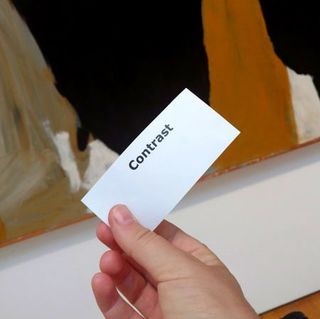 We learned lots of fun ways for students to look at art, like the activity pictured here. Our facilitators had a stack of terms from the NC visual arts standards printed on slips of paper. With a partner, we walked around the gallery and placed the slips near artworks that we connected them with, then talked as a group about some of the artworks with the words participants had selected. Heather and I decided that we wanted to focus on developing professional development for teachers at our high school that would highlight using art as primary sources across subject areas. 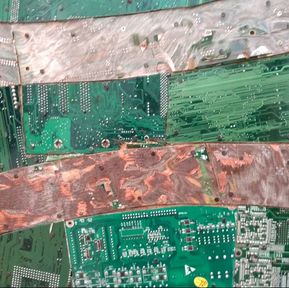 Closeup of Tightrope 9 Closeup of Tightrope 9 We were interested in work like Tightrope 9, which has connections to a variety of subject areas. It looks like a map but on close inspection is created out of circuit boards. The artist, Elias Sime, uses electronic waste as his material, collected from a market in Addis Ababa where it is shipped from all over the world. This work could be a great starting point for learning about issues surrounding sustainability, globalization or geography. One thing I love about the idea of using art with students is that it can inject diverse points of view in our classes, which can have a tendency to be heavy on viewpoints that are male and white. We've planned some PD I'm really excited about for this year, including inviting teachers to meet us at the museum after work in September! Another idea I'm excited about - having my high school art history class pair with an elementary class to give students a tour of the museum. Any NC teachers interested? I have funds for a bus! If you are interested in arts integration, check out the free, online resources the museum has created on NCMALearn. They will also be offering this online course this fall, which I'll be taking. The description: "Visual Literacy: Making Connections with Works of Art: This online course will introduce a variety of engagement strategies to facilitate deeper inquiry into works of art. Teachers can receive 10 hours of participation (1 CEU) in Art or Literacy upon completion."
|
Mrs. PurteeI'm interested in creating a student student centered space for my high school students through choice and abundant opportunity for self expression. I'm also a writer for SchoolArts co-author of The Open Art Room. Archives
December 2019
Categories
All
|
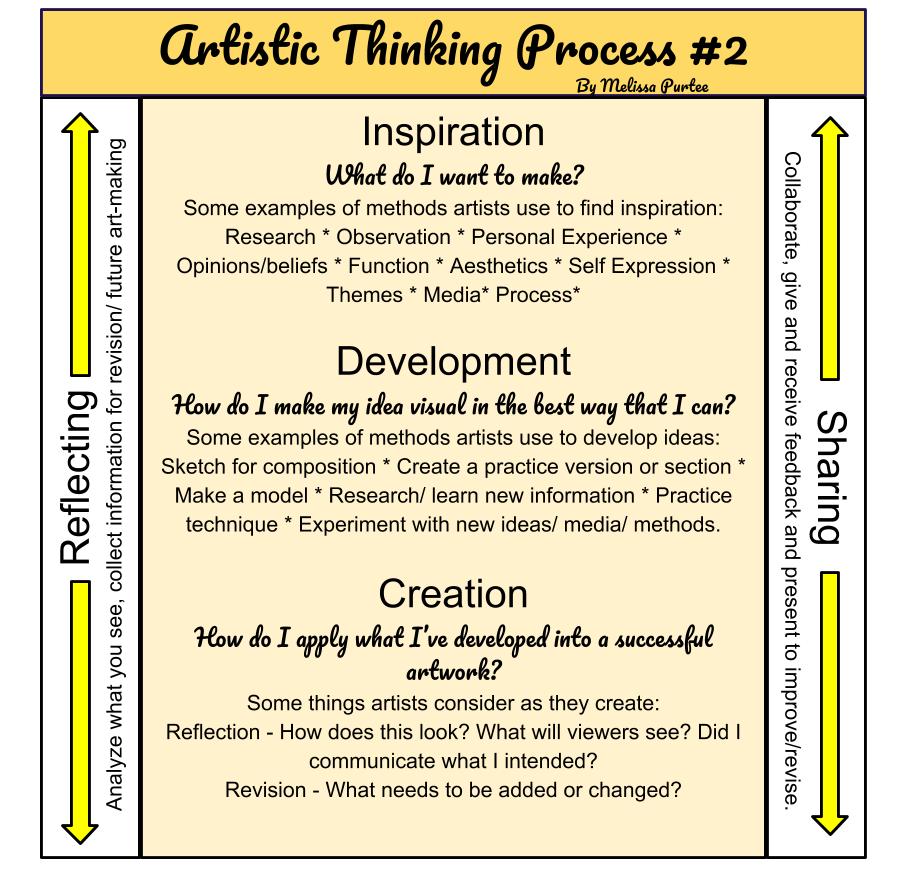
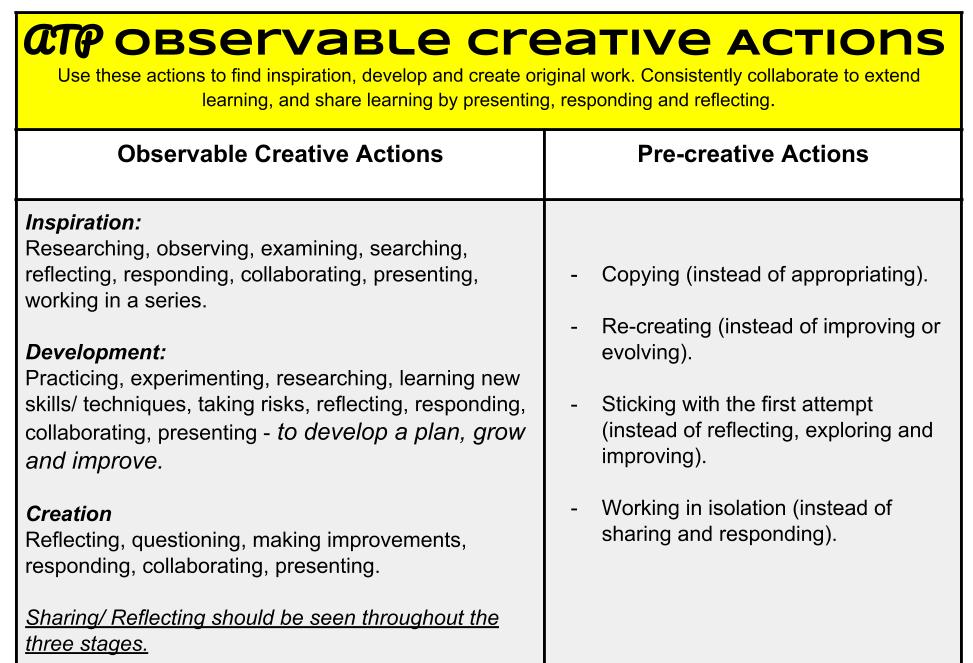
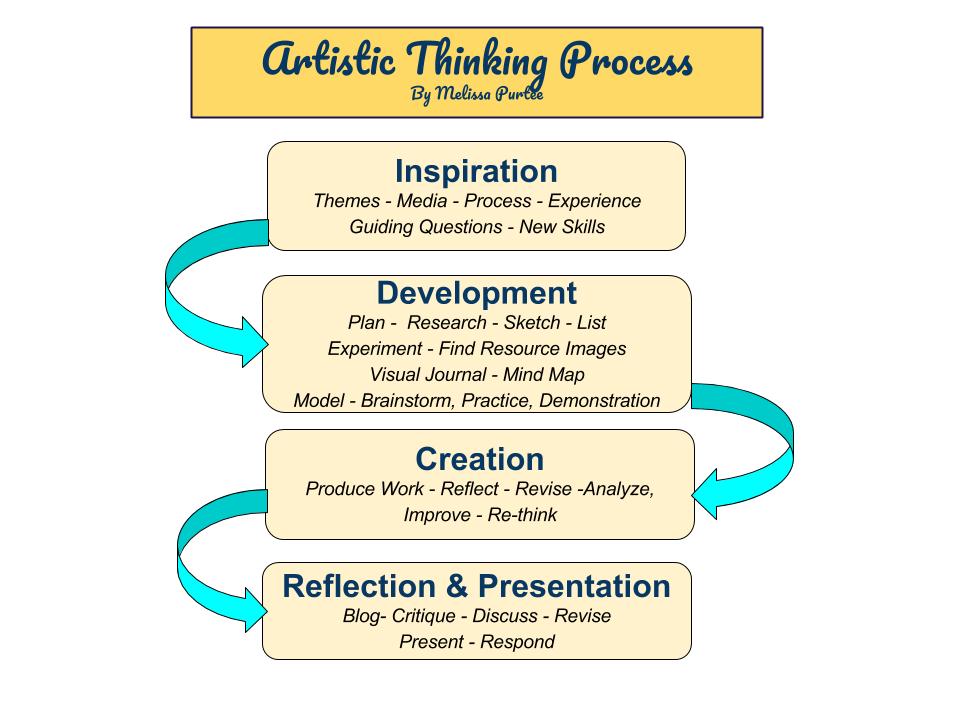

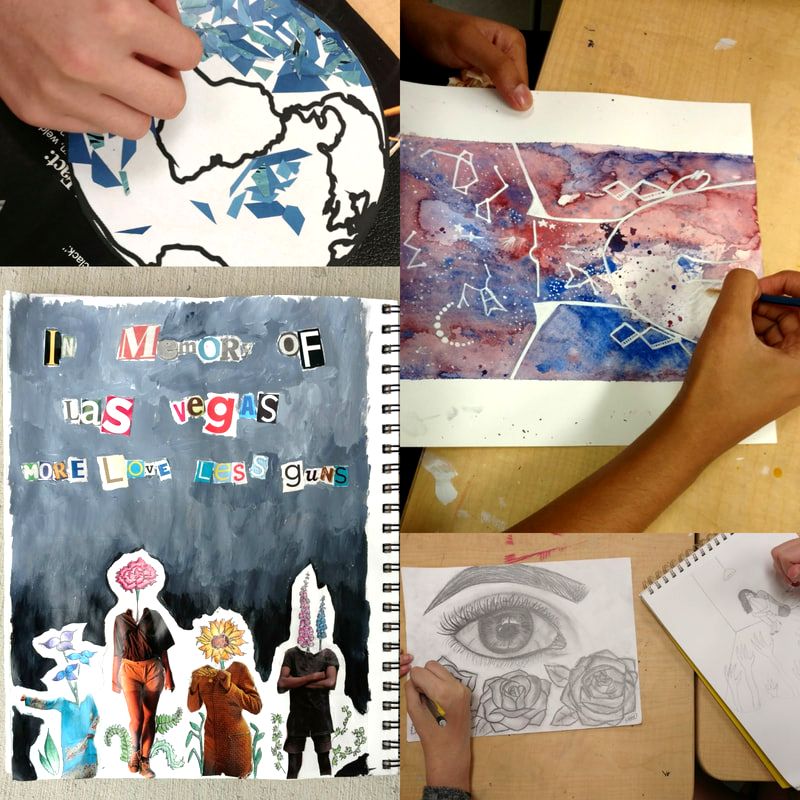
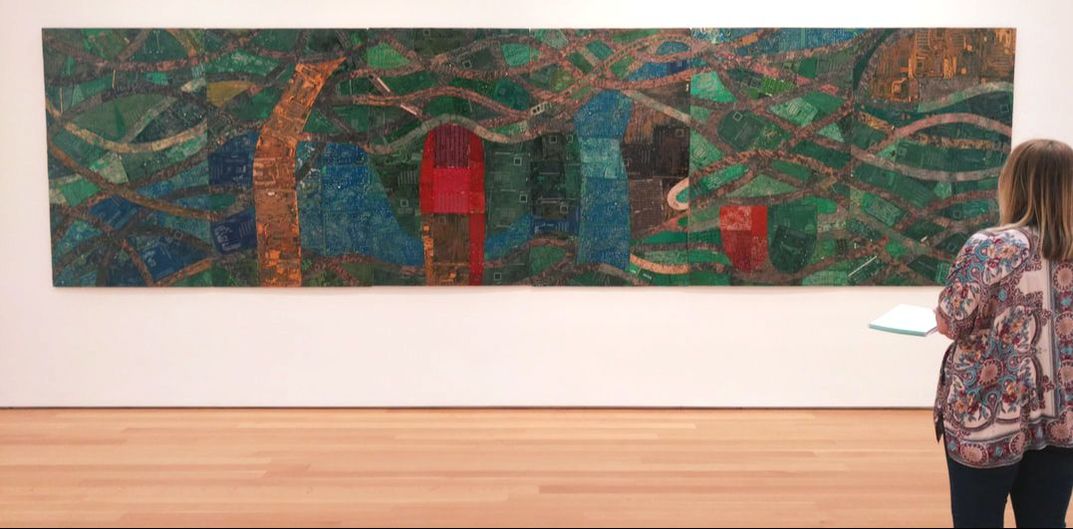
 RSS Feed
RSS Feed
